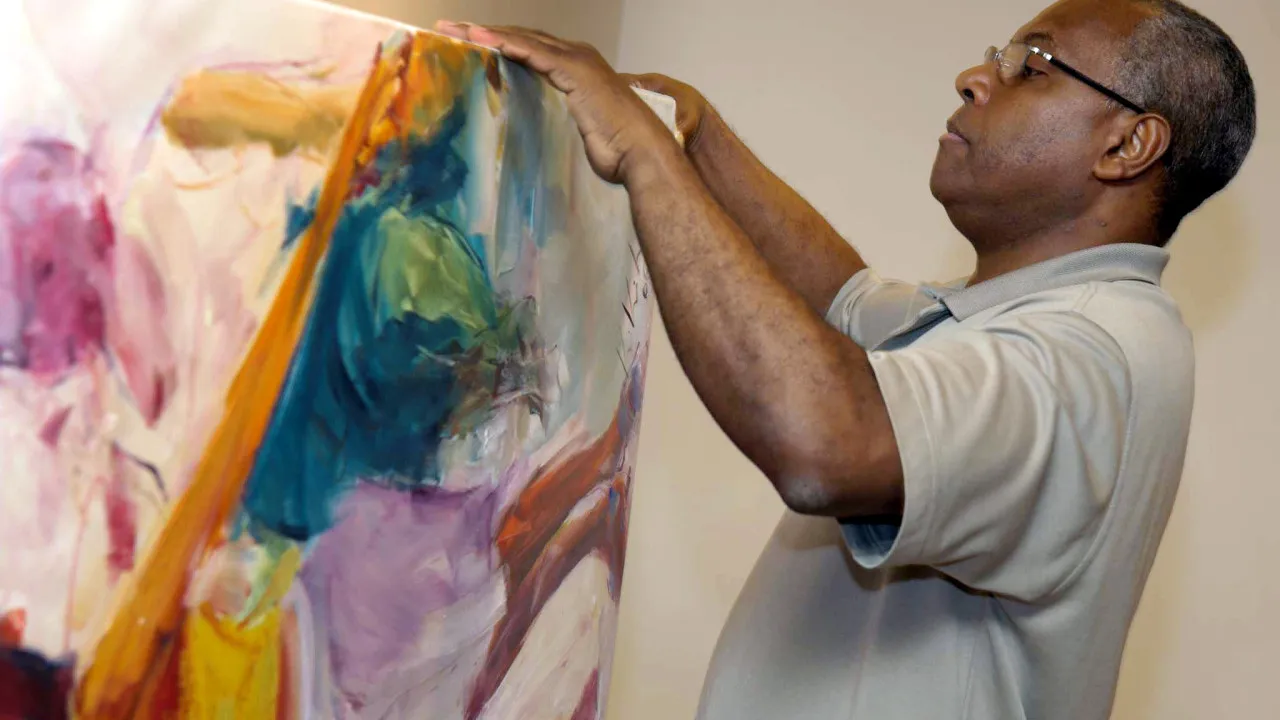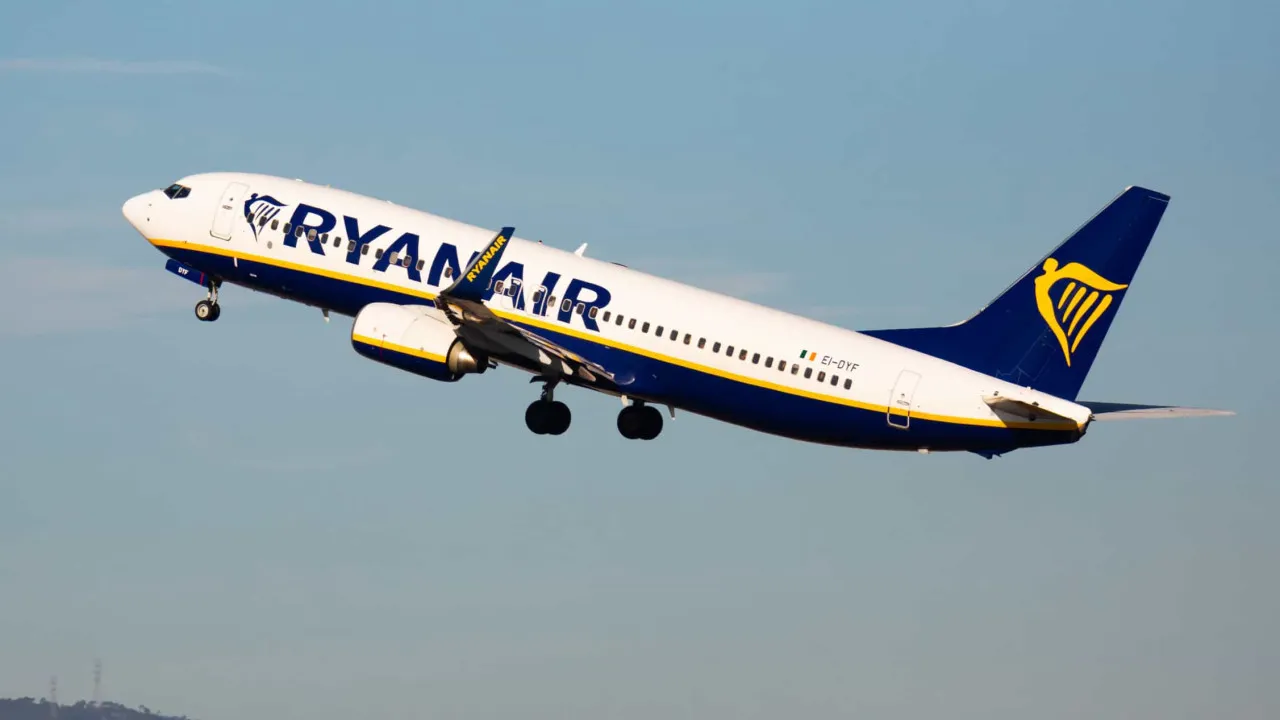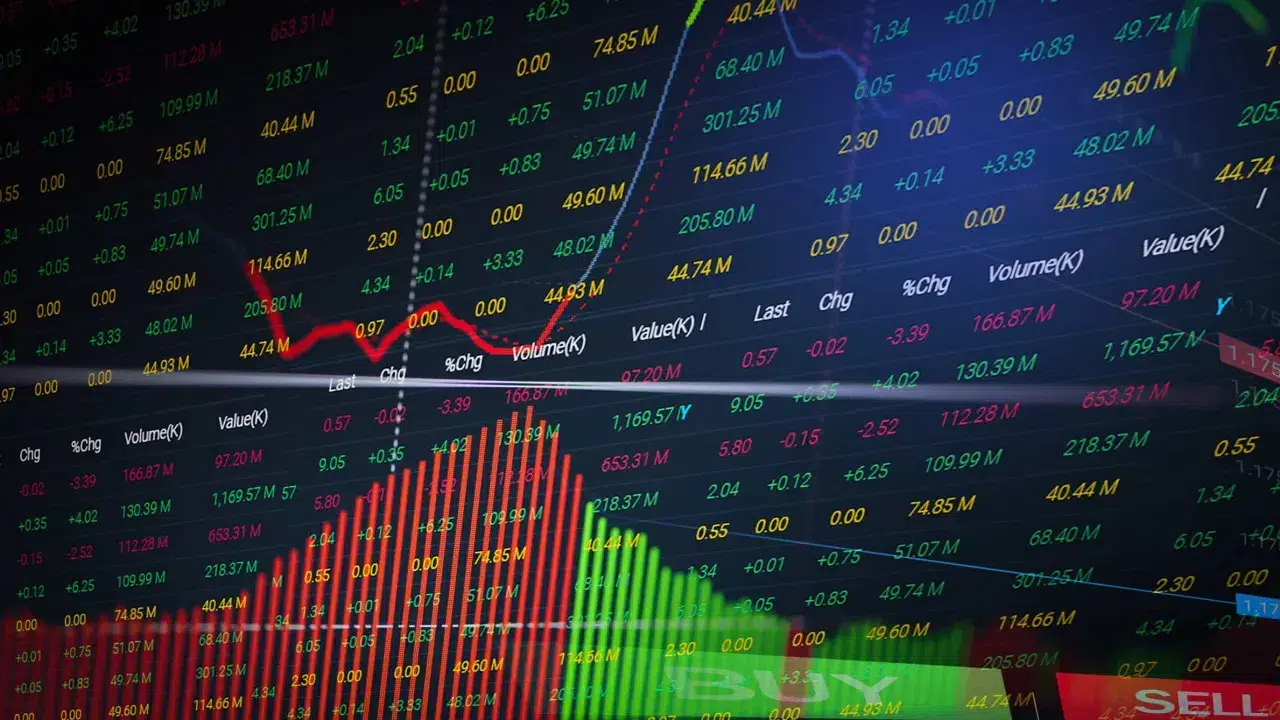
The artist was in Lisbon, receiving medical treatment, and passed away early this morning, according to his brother, Mick Lima, speaking to the Rádio de Cabo Verde (RCV).
“Considered by many as one of the greatest Cape Verdean painters of all time, Kiki Lima was a true ambassador” of the islands’ culture, “whose passion and dedication to art inspired generations,” stated the Presidency of the Republic online.
“Kiki Lima also leaves a legacy as a musician and a scholar of traditional Cape Verdean music,” with the albums Txuva and Midje Má Tambor, it added.
The Government responded through a statement from the Ministry of Culture, stating that they lost “an ambassador of Cape Verdean culture, merging visual languages with music and design.”
“An indisputable figure of national culture, Kiki Lima, one of Cape Verde’s greatest references in the visual arts, had a remarkable career marked by vibrant creativity, a unique style, and a total commitment to art and Cape Verdean identity,” it noted in the same statement.
He created over a thousand works and participated in more than 200 individual exhibitions in Cape Verde and abroad, it added.
Kiki Lima was born in Ponta do Sol, on the Cape Verdean island of Santo Antão, on April 15, 1953.
In an interview with Lusa, after opening an exhibition in the city of Praia in 2012, Kiki Lima considered himself “a supporter of women for their intrinsic value: they are mothers, wives, sisters, and have a very significant importance in our lives.”
“I am a figurative painter. I take the female figure, exploring its plasticity from an aesthetic point of view, and make this connection with music and painting. This is the main theme of the exhibition,” he said at the event, noting he came “late” to painting, and that he only saw an exhibition at the age of 21.
He earned a degree in Communication Design from the Faculdade de Belas Artes de Lisboa but before that attended various courses in visual arts in Portugal, supporting a body of work that goes beyond painting.
Kiki Lima’s works are present in important spaces and private and institutional collections of contemporary art, being one of the pioneers of painting in Cape Verde.
“I had no influence from Cape Verdean painters nor could I have, because they did not exist,” he said.




